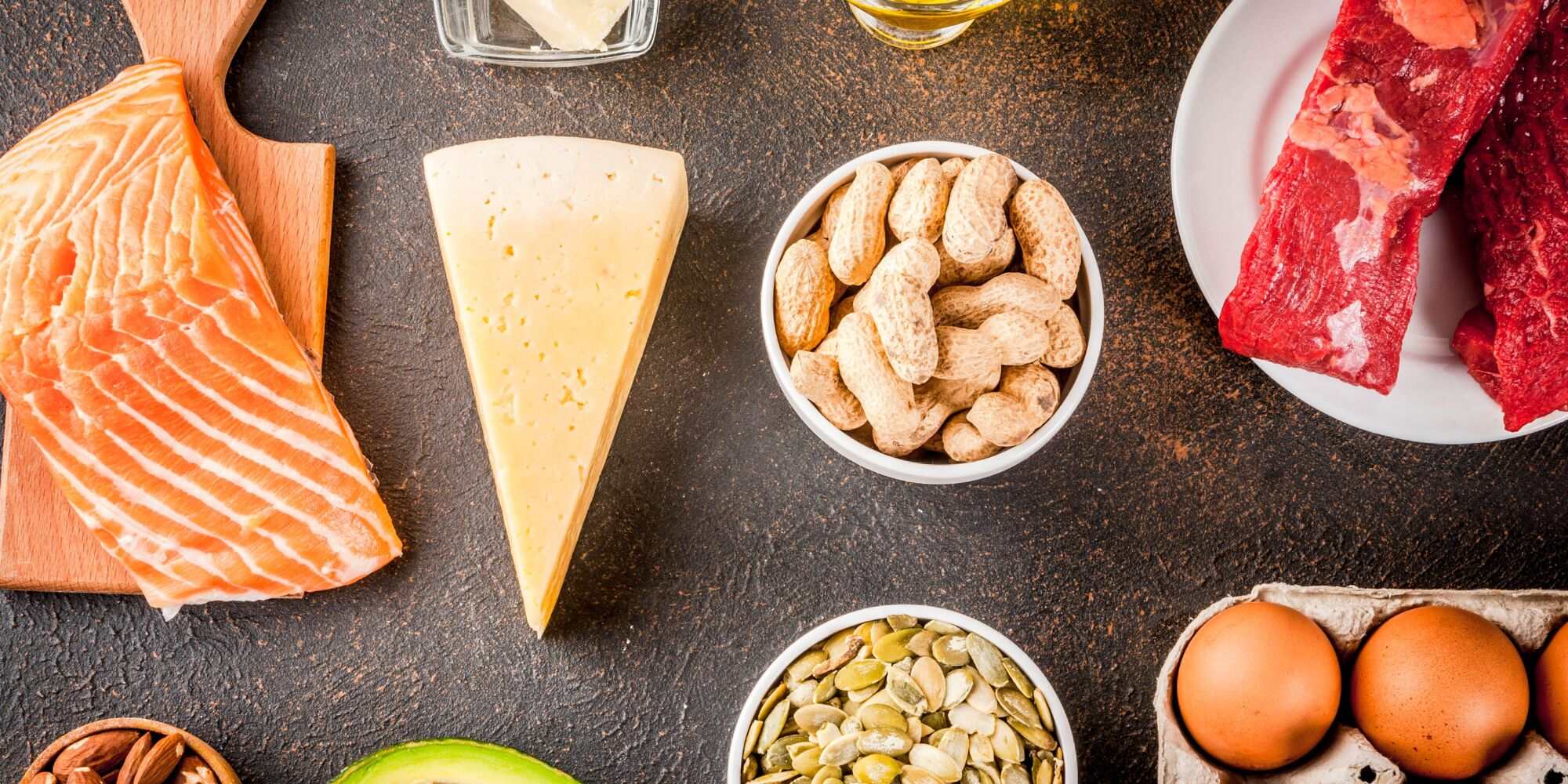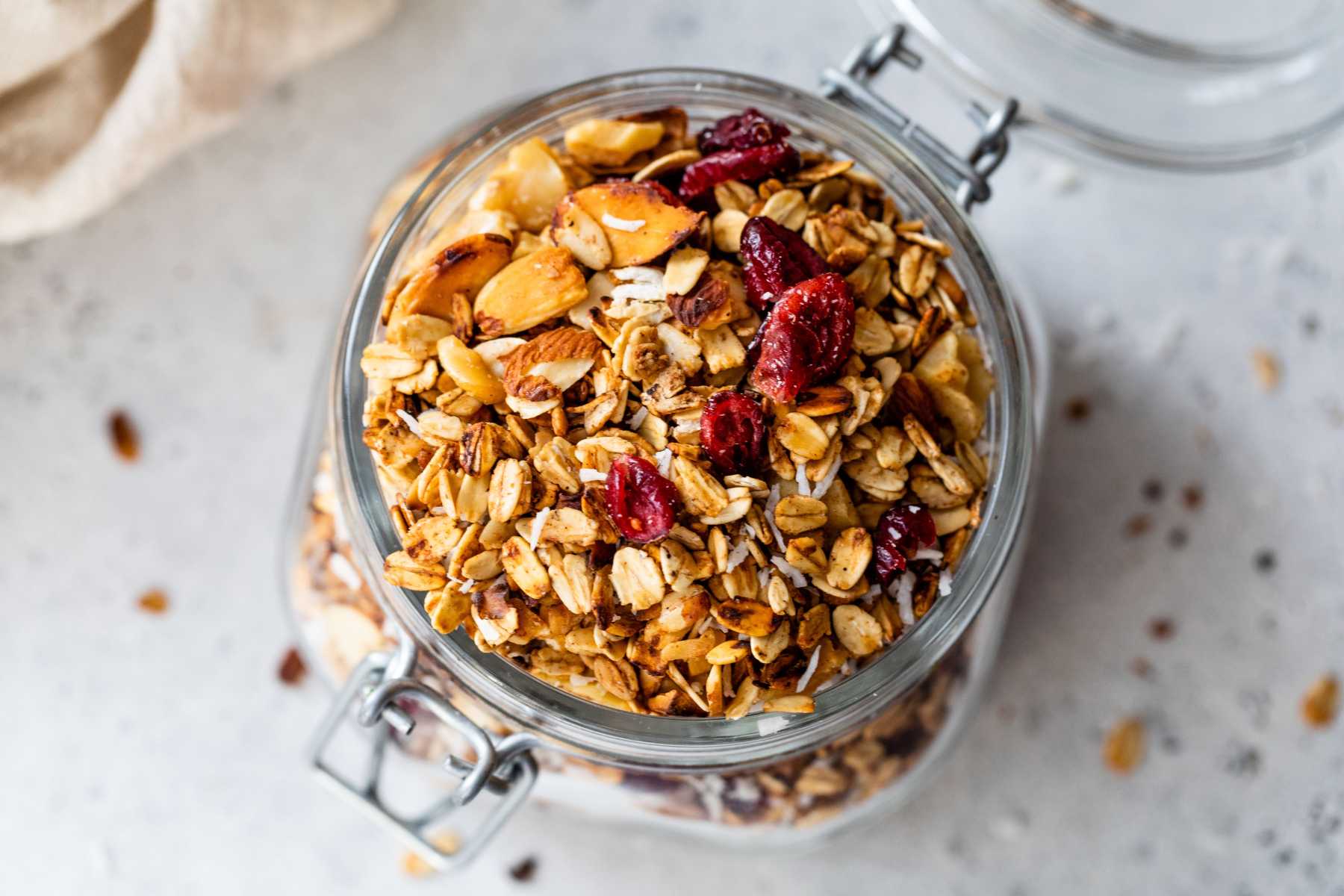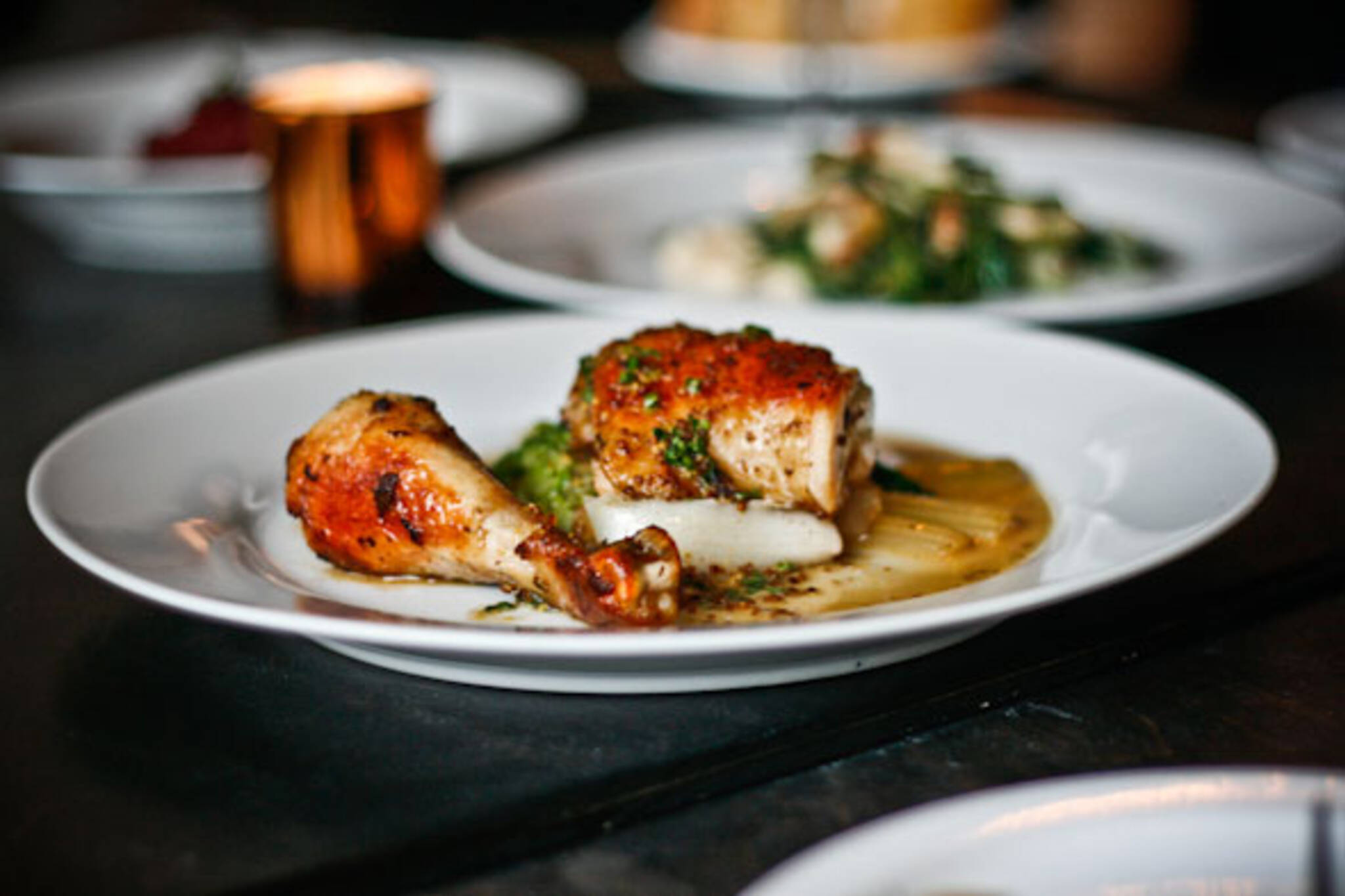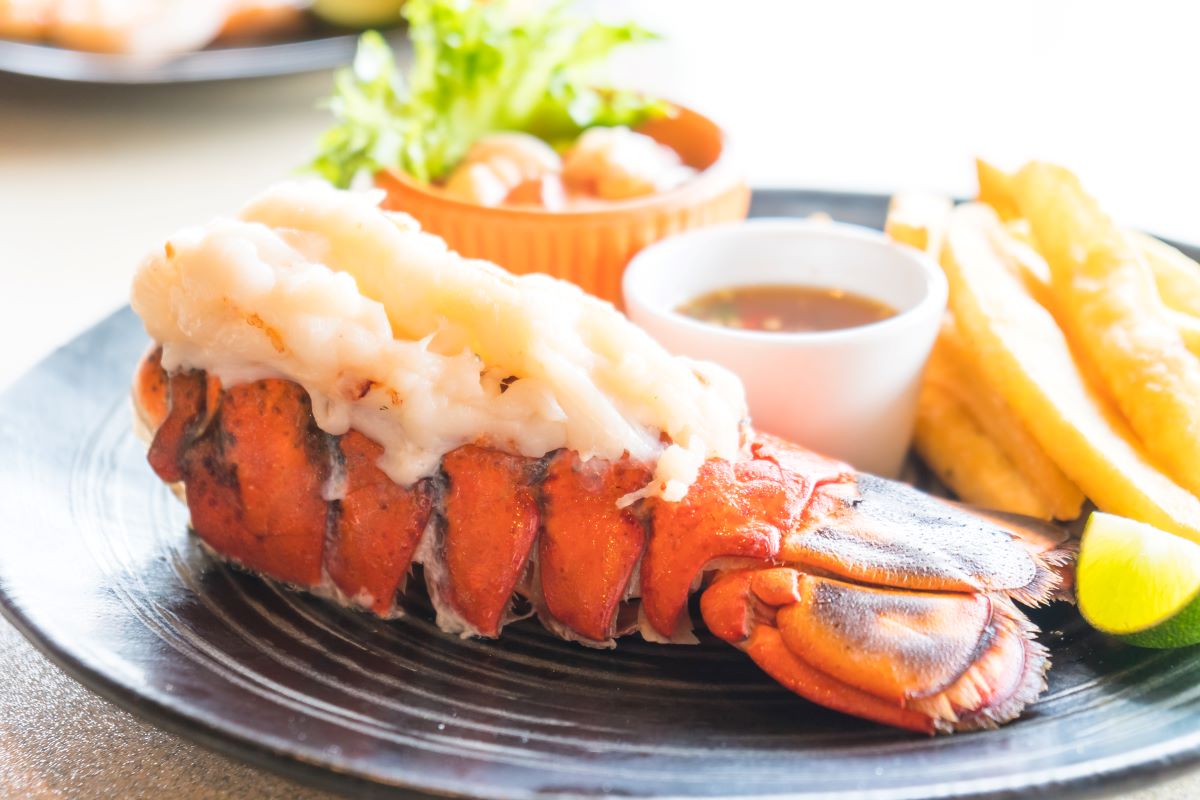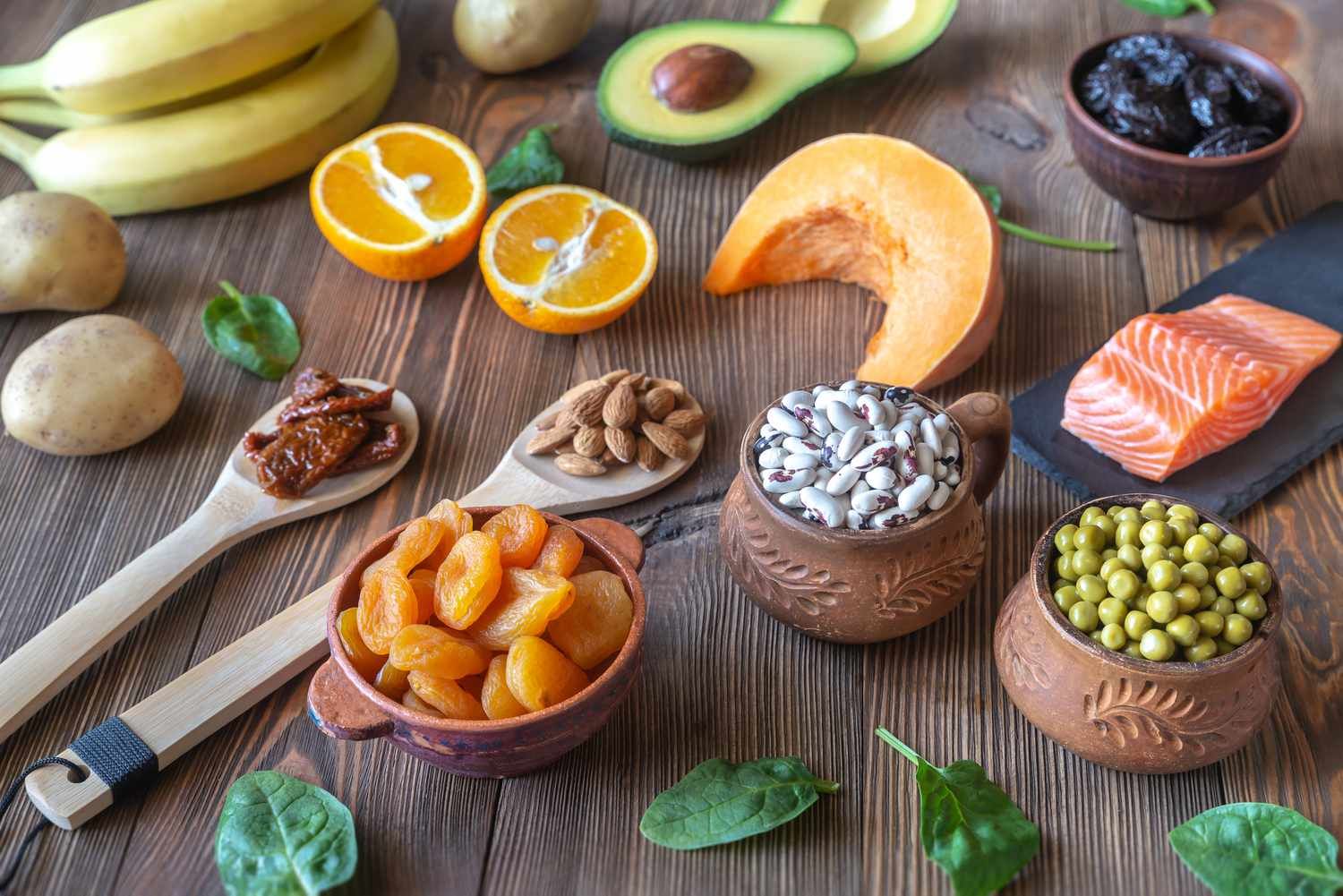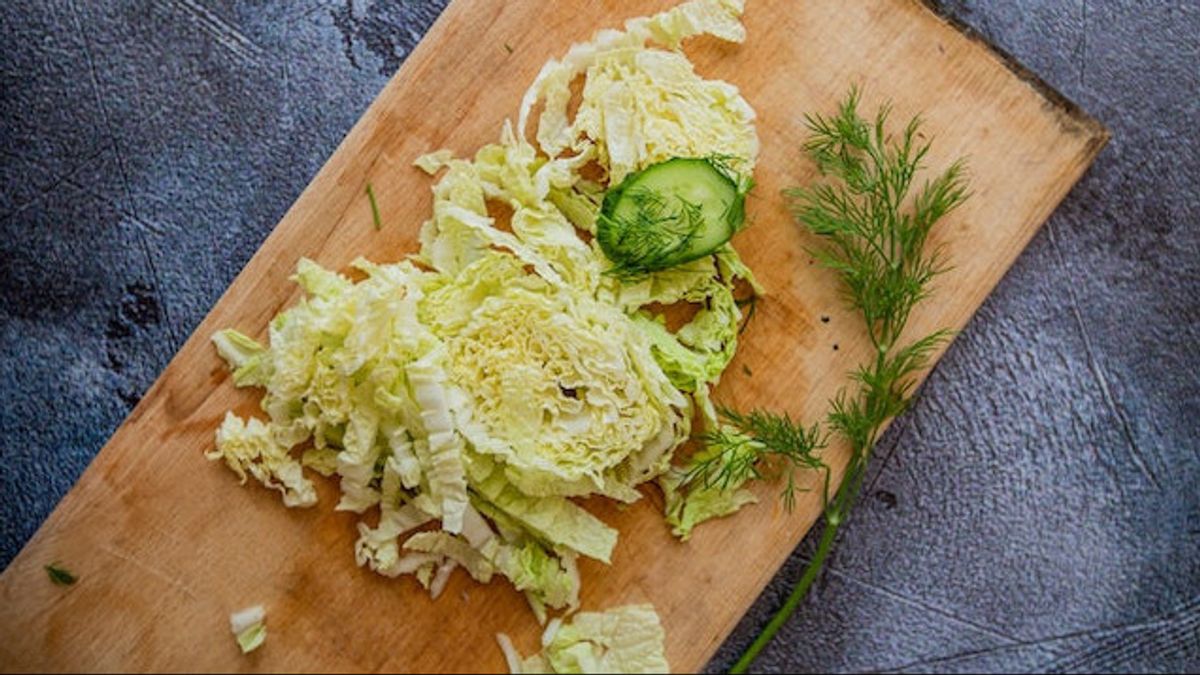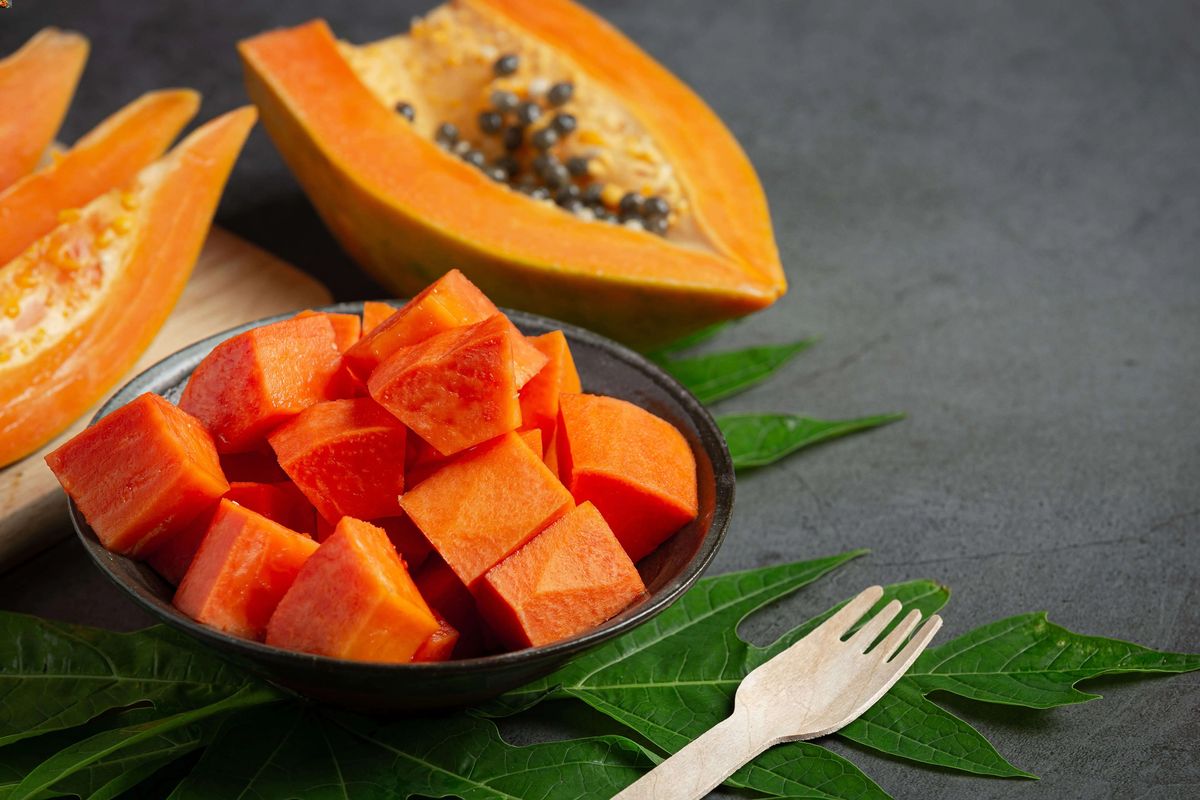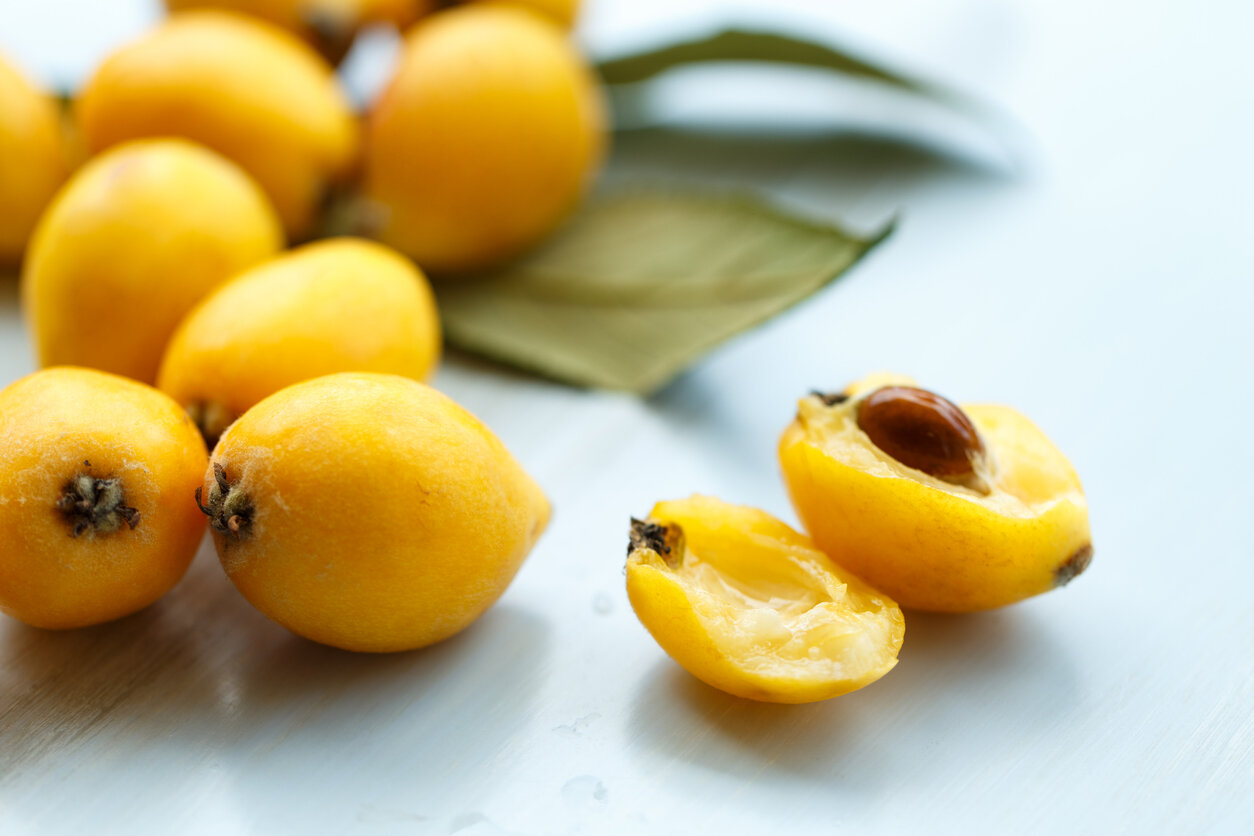How to Meet Your Daily Protein Needs
Protein is an essential macronutrient that plays a crucial role in building and repairing tissues, producing enzymes and hormones, and supporting overall health. For some individuals, especially athletes and bodybuilders, consuming a high amount of protein is necessary to support muscle growth and recovery. If you’re aiming to consume 280 grams of protein a day, here are some tips to help you meet your daily protein needs.
1. Prioritize Protein-Rich Foods
When aiming to consume a high amount of protein, it’s important to prioritize foods that are rich in this macronutrient. Include the following protein-rich foods in your daily diet:
- Lean meats such as chicken, turkey, and beef
- Fish and seafood
- Eggs and egg whites
- Dairy products like Greek yogurt, cottage cheese, and milk
- Plant-based sources such as tofu, tempeh, lentils, and chickpeas
2. Plan Your Meals
Planning your meals in advance can help ensure that you’re consuming enough protein throughout the day. Consider incorporating protein into each meal and snack to help distribute your intake evenly. For example:
- Include eggs or a protein shake for breakfast
- Opt for a protein-packed salad with grilled chicken for lunch
- Snack on Greek yogurt or cottage cheese with fruit
- Choose a lean protein source like fish or tofu for dinner
3. Use Protein Supplements
When aiming for a high daily protein intake, incorporating protein supplements can be beneficial. Protein powders, bars, and shakes can provide a convenient and quick way to boost your protein intake, especially on busy days or post-workout. Look for high-quality protein supplements that align with your dietary preferences and goals.
4. Monitor Your Portions
Being mindful of portion sizes is important when consuming a high amount of protein. While it’s essential to meet your protein goals, it’s also crucial to balance your overall macronutrient intake and not exceed your calorie needs. Be mindful of portion sizes and consider working with a nutritionist or dietitian to create a personalized meal plan that aligns with your protein goals and overall nutritional needs.
5. Stay Hydrated
Drinking an adequate amount of water is essential for overall health and can also support your body’s ability to utilize the protein you consume. Aim to drink plenty of water throughout the day, especially if you’re consuming a high-protein diet. Staying hydrated can help support digestion, nutrient absorption, and overall well-being.
6. Adjust Based on Your Needs
It’s important to note that individual protein needs can vary based on factors such as age, weight, activity level, and overall health status. While some individuals may benefit from consuming 280 grams of protein a day, others may have different requirements. Consider consulting with a healthcare professional or a registered dietitian to determine the appropriate protein intake for your specific needs and goals.
By prioritizing protein-rich foods, planning your meals, incorporating supplements when needed, monitoring portions, staying hydrated, and adjusting based on your individual needs, you can work towards meeting a high daily protein intake. Remember that consistency and balance are key when it comes to achieving your nutritional goals.
Delicious Recipes to Help You Reach 280 Grams of Protein
For those aiming to boost their protein intake to 280 grams per day, the recipes listed offer a practical roadmap. The Beef and Broccoli Stir-Fry Recipe, with its high protein content from beef, is a must-try for a fulfilling dinner. Similarly, the Cottage Cheese Pancakes Recipe packs a protein punch for breakfast, merging taste with nutrition. For seafood lovers, the Shrimp and Avocado Salad Recipe is not only refreshing but also a protein-rich choice. These dishes not only align with the dietary goal but also introduce variety and flavor to your meals, making the journey to high protein intake both enjoyable and sustainable.

